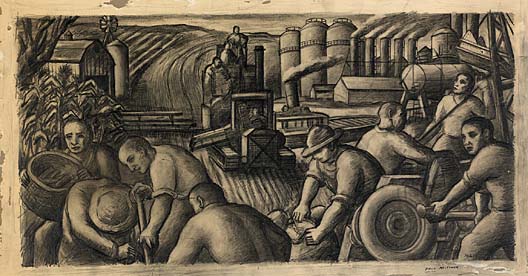A company has a number of workers. The workers want to determine what their average salary is, but none of them wants to divulge his own salary. How can they find the average without doing so?

The first worker picks some large random number and adds his own salary to it. He then whispers the total to the second worker. The second worker adds his own salary to that sum and whispers the new total to the third worker, and so on.
When the last worker has added his own salary, he whispers the final amount back to the first worker. The first worker subtracts the random number that he had chosen and divides the remainder by the number of workers. He announces this result to all workers. This way, the average salary of all workers is known, but none of them knows anything about what the others make.
Input
The first line contains the large random number chosen by the first worker. This is followed by the salaries of all workers of the company, each on a separate line. The company always has at least three workers. A line containing the word stop follows the salary of the last worker.
Output
The amounts that each worker whispers to the next worker if they apply the procedure as explained in the introduction. This is followed by a final line that contains the average salary of all workers formatted as a floating point number, rounded up to 2 decimal digits. The exact formatting of the output can be derived from the example below.
Example
Input:
645743
89329
34893
34398
23290
23923
23982
28493
29984
89033
stopOutput:
worker #1 whispers €735072
worker #2 whispers €769965
worker #3 whispers €804363
worker #4 whispers €827653
worker #5 whispers €851576
worker #6 whispers €875558
worker #7 whispers €904051
worker #8 whispers €934035
worker #9 whispers €1023068
average salary: €41925.00Epilogue
The above algorithm is not quite optimal because the workers can still make some inferences about their coworkers' maximum salaries. For example, if worker #1 gives the number 701,229 to worker #2, worker #2 knows that the salary of worker #1 cannot be higher than that. This can be improved by allowing the random number to be negative — in that case no inferences are possible, and the math still works.
Epilogue

Charlie: "A difference Peppermint Patty, they make a difference!"